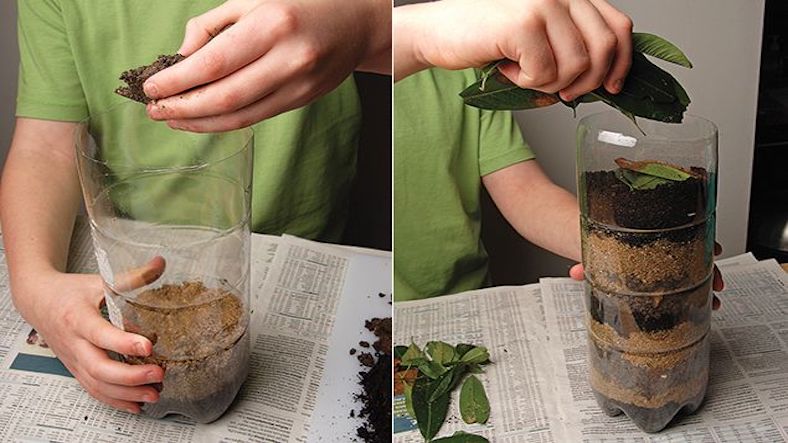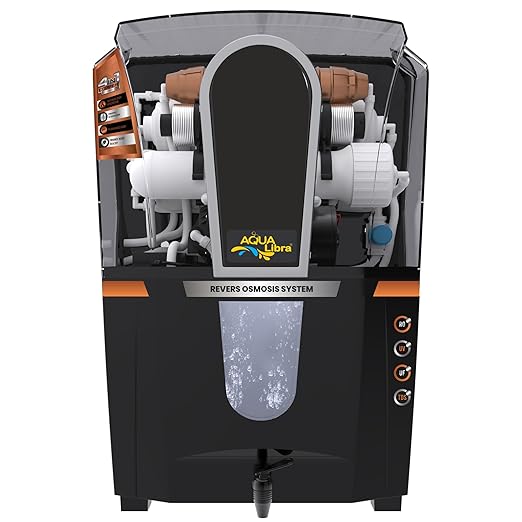Building a worm farm is a fantastic way to teach children about ecology, decomposition and the importance of worms in soil health.
Here's a simple guide to creating a worm farm:
Materials:
- Large, clear plastic container with a lid
- Small container for drainage (with holes)
- Soil
- Sand
- Vegetable scraps (fruit and vegetable peels, coffee grounds, etc.)
- Red wiggler worms (available at garden centers)
- Water
- Shredded newspaper or cardboard
Procedure:
- Drill or punch holes in the bottom of the large plastic container for drainage. Place this container on top of the small container to catch any excess moisture.
- Add a layer of shredded newspaper or cardboard to the bottom of the plastic container. This will serve as the bedding for the worms.
- Layer soil and sand on top of the bedding. This creates a suitable environment for the worms.
- Place the red wiggler worms on top of the soil. Be gentle to avoid harming them.
- Place vegetable scraps on one side of the container. Worms will naturally move towards the food.
- Keep the bedding moist but not waterlogged. You can spray water if needed.
- Cover the container with a lid, but make sure to leave some ventilation holes. Worms need oxygen.
- Over the next few days, observe how the worms interact with the bedding and vegetable scraps. Record any changes you notice.
Tips:
- Red wiggler worms are recommended for vermicomposting (composting with worms) because they are efficient decomposers.
- Avoid adding citrus fruits, onions, garlic and spicy foods, as these can be too harsh for the worms.
- Use the worm castings (vermicompost) produced by the worms to fertilize plants.
Discussion Points:
- Discuss the importance of worms in soil health. Worms aerate the soil and produce nutrient-rich castings.
- Explain how worms break down organic matter through the process of decomposition.
- Emphasize how a worm farm can be a sustainable way to recycle kitchen scraps.
- Discuss how the nutrients in the vegetable scraps are cycled back into the soil through the actions of the worms.
Building a worm farm is not only educational but also encourages children to appreciate the small creatures that play a vital role in our ecosystems.
Thanks for reading the article, for more Science & Technology related articles read and subscribe to peoples blog articles.














